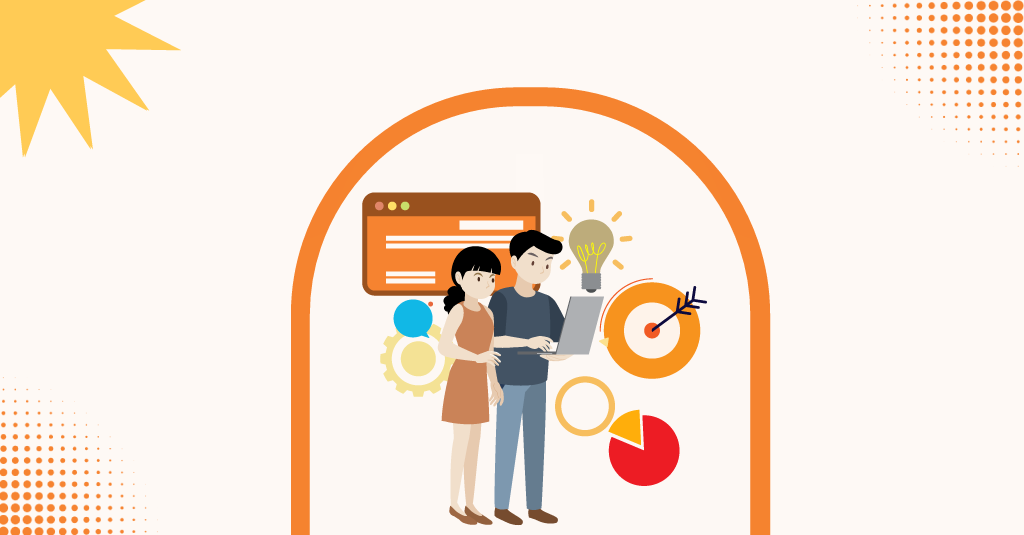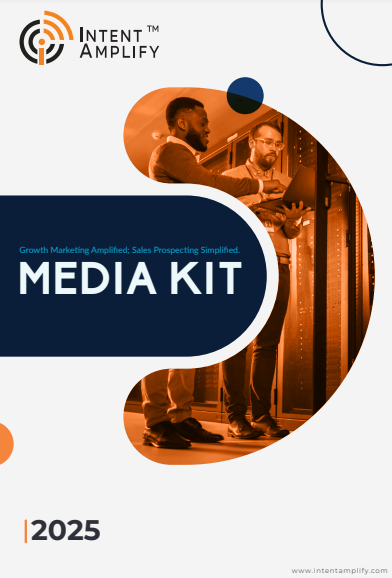
Thriving in 2026: B2B Marketing’s Top 3 Game Changers
- Last updated on: August 18, 2025
B2B marketing is entering its defining moment in 2026, where customer expectations and technological advances are remaking every aspect of the buyer journey. Companies can no longer depend on mass-market campaigns or one-way communication. Buyers are looking for omnichannel experiences that are personal, frictionless, and communicative. It is not merely about embracing new tools – it is about creating meaningful connections that navigate prospects with clarity and confidence.
As the competition heats up, it’s not a question of who has the loudest campaign but who offers the most applicable and genuine experience. Whether it’s artificial intelligence fuelling real-time personalization or omnichannel initiatives bridging digital and physical realms, the terrain is rapidly changing. At the core lies authenticity – brands that seamlessly blend technology with honesty earn lasting loyalty in ways no sponsored campaign can buy.
Game Changer 1: Scale Personalization Powered by AI
Artificial Intelligence has gone from experimentation to a central marketing imperative. By 2026, personalization will no longer be about putting someone’s name in an email subject line. It will be about predicting the buyer’s intent, understanding their pain points before they even define them, and providing insights that feel as if they were created just for their company. AI allows marketers to provide this kind of personalization at scale, converting data into consequential conversations instead of discrete touchpoints.
The actual power of AI is in the fact that it can learn in real time. Rather than fixed campaigns, marketers can create dynamic environments that can learn from customer actions as they occur. Picture a buyer reading your case study, and within minutes getting an invite for a product demo tailored to their very specific pain point. This is not intrusive – it is relevant at its finest. Those firms that master the art will be positioned as problem solvers, not product pushers.
One of the largest benefits of AI-driven personalization is that it can connect marketing and sales in a seamless way. Predictive modeling determines which leads are most likely to buy, putting the attention of sales forces onto accounts that will make a difference. Gartner suggests that by 2026, companies leveraging AI for personalization will experience up to a 20 percent boost in conversion rates.
Game Changer 2: Omnichannel Engagement as the New Normal
B2B buyers don’t progress in a straight line from awareness to decision. Rather, they navigate across several touchpoints – social media channels, virtual events, trade blogs, and direct communication. By 2026, the winning brands will be those that provide continuity across each of these channels. Omnichannel interaction won’t translate to being everywhere, but making it a seamless journey where each interaction informs the next.
The problem is that fragmentation is still a widespread issue. Too many businesses have each channel as a silo, with the result being that buyers have inconsistent experiences. A buyer is likely to have one message in their inbox and an entirely different tone on LinkedIn. Consistency is what destroys trust. An actual omnichannel strategy keeps a buyer having the sense of being in one long conversation with your brand, no matter where it occurs. That continuity is what sustains engagement.
Technology is taking a central role here, specifically customer data platforms that unify data from various sources. They give marketers one view of the buyer where each channel mirrors the same insight. According to Forrester, companies that put in place solid omnichannel strategies will enjoy a 30 percent higher customer lifetime value by 2026.
While digital touchpoints increase, in-person interactions also become increasingly significant. Hybrid events, for example, are becoming a strong extension of omnichannel interaction. A customer will visit virtually one day and follow up with an in-person encounter the next, with the expectation that the brand will recall their entire journey. This combination of digital and physical channels is redefining what staying connected means in B2B marketing.
Game Changer 3: Trust-First Marketing and Real Authentic Branding
While AI and omnichannel engagement are the gears of B2B marketing in 2026, trust is the lubricant that ensures the machine keeps turning smoothly. Purchasers aren’t merely testing products; they are determining if they can trust the organizations that produce them. In a time when false information can spread so readily and distrust of automation increases, authenticity is the separating factor.
Trust-first marketing takes more than honest data practices. It asks that brands prove consistency between what they say and what they do. A whitepaper full of grandiose promises will accomplish little if the customer experience does not live up. Conversely, brands that feature authentic customer narratives, reveal challenges accurately, and offer educational content without a sales pitch create trust. It is this trust that converts prospects into long-term partners.
Content will be at the heart of this change, but it has to be the correct type of content. Buyers are no longer amazed by bulk; they crave transparency, context, and proof. A well-documented customer success tale tends to be worth more than a score of marketing posts. By 2026, marketing that is perceived as human, ethical, and reliable will continue to outperform approaches grounded solely on volume.
Establishing trust also involves reconsidering the way brands engage AI and automation. Consumers must be assured that data are managed responsibly, that personalization is beneficial without being intrusive, and that human intervention continues to steer key interactions. Those who embed ethics in marketing DNA will be repaid with not just loyalty but advocacy – customers who actively stand up and advocate for their brand.
Thriving Beyond 2026
What holds these three disruptors – AI personalization, omnichannel engagement, and trust-first branding together is a move away from control and toward co-operation with the buyer. B2B businesses no longer have the luxury of dictating how the experience goes down. Rather, they have to create experiences that enable buyers to navigate at their own pace with confidence, aided by harmonious messaging and genuine relationships.
Succeeding in 2026 will involve looking past old funnels and embracing a buyer-first approach. Each interaction will have to respond to a single question: Is this making the buyer’s decision easier, faster, and more confident? Businesses that can reliably say “yes” will find not only growth but long-term stability in an increasingly competitive marketplace every year.
At Intent Amplify, we excel at taking these game changers and transforming them into practical strategies for businesses. From AI-driven lead generation to omnichannel campaign strategy development, we assist brands in stepping away from theory and delivering measurable outcomes. If 2026 is to be the year of transformation, we are here to help you take the lead.
FAQs
Q1. What effect will AI personalization have on buyer expectations in 2026?
AI personalization will set a higher standard for relevance. Shoppers will anticipate interactions that meet their singular requirements in real-time, and campaigns that are not will become less effective.
Q2. What makes omnichannel engagement essential for B2B success?
Because buyers engage in multiple channels before they make a decision, omnichannel engagement provides consistent and seamless experiences that establish trust and minimize friction.
Q3. How does trust-first marketing fuel long-term growth?
Trust-first marketing builds loyalty and advocacy. Customers who perceive a brand as authentic and transparent are likely to remain active, pass on the recommendation to friends, and commit to long-term relationships.
Q4. How does content contribute to trust-building in 2026?
Content needs to transition from promotion to education. Customers appreciate insights, case studies, and clear storytelling that enable them to make more informed decisions.
Q5. What can businesses do now to prepare for these changes?
By investing in AI technologies, sales and marketing alignment, an ethics-first approach to automation, and value-driven versus volume-driven content.




